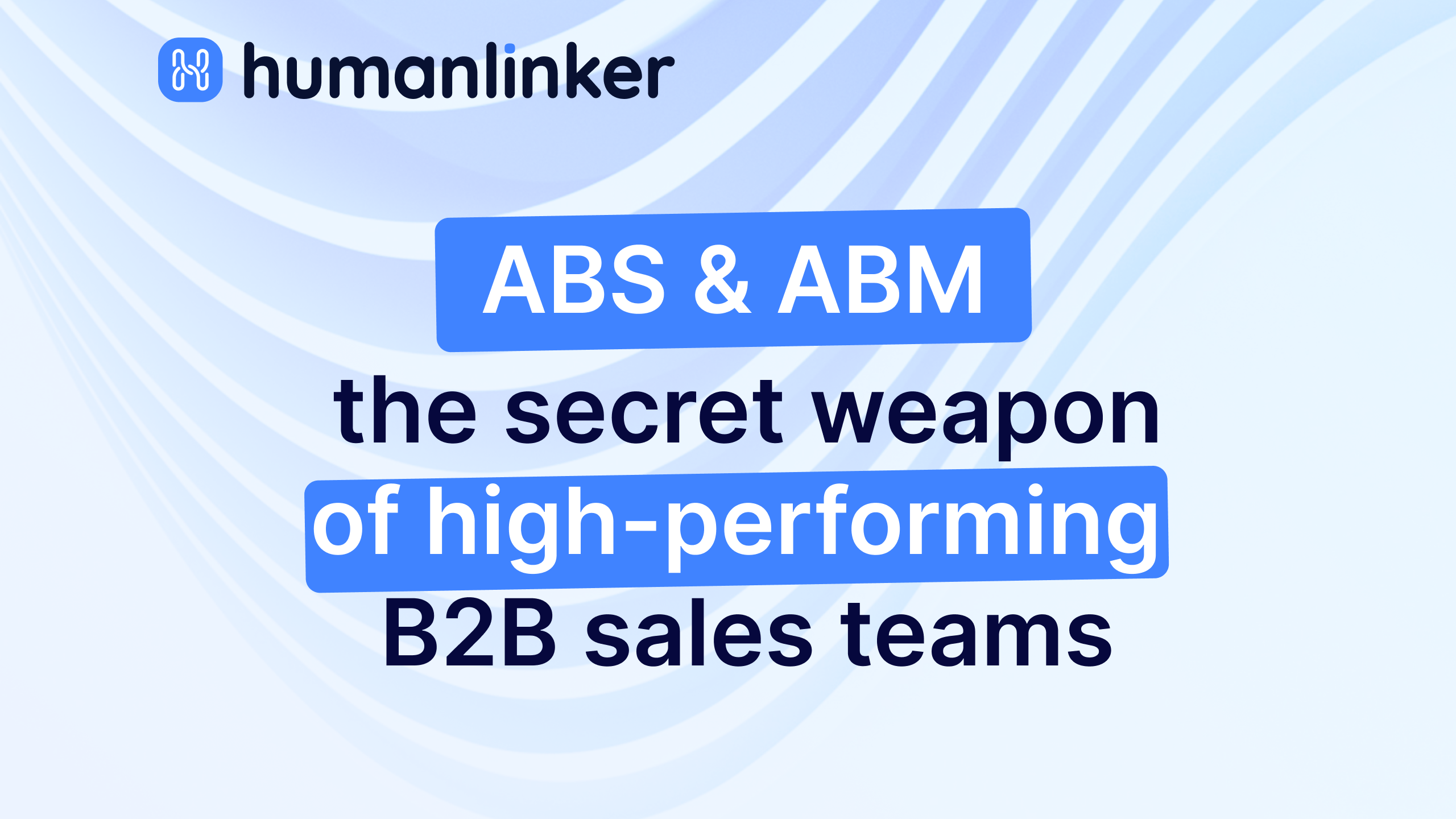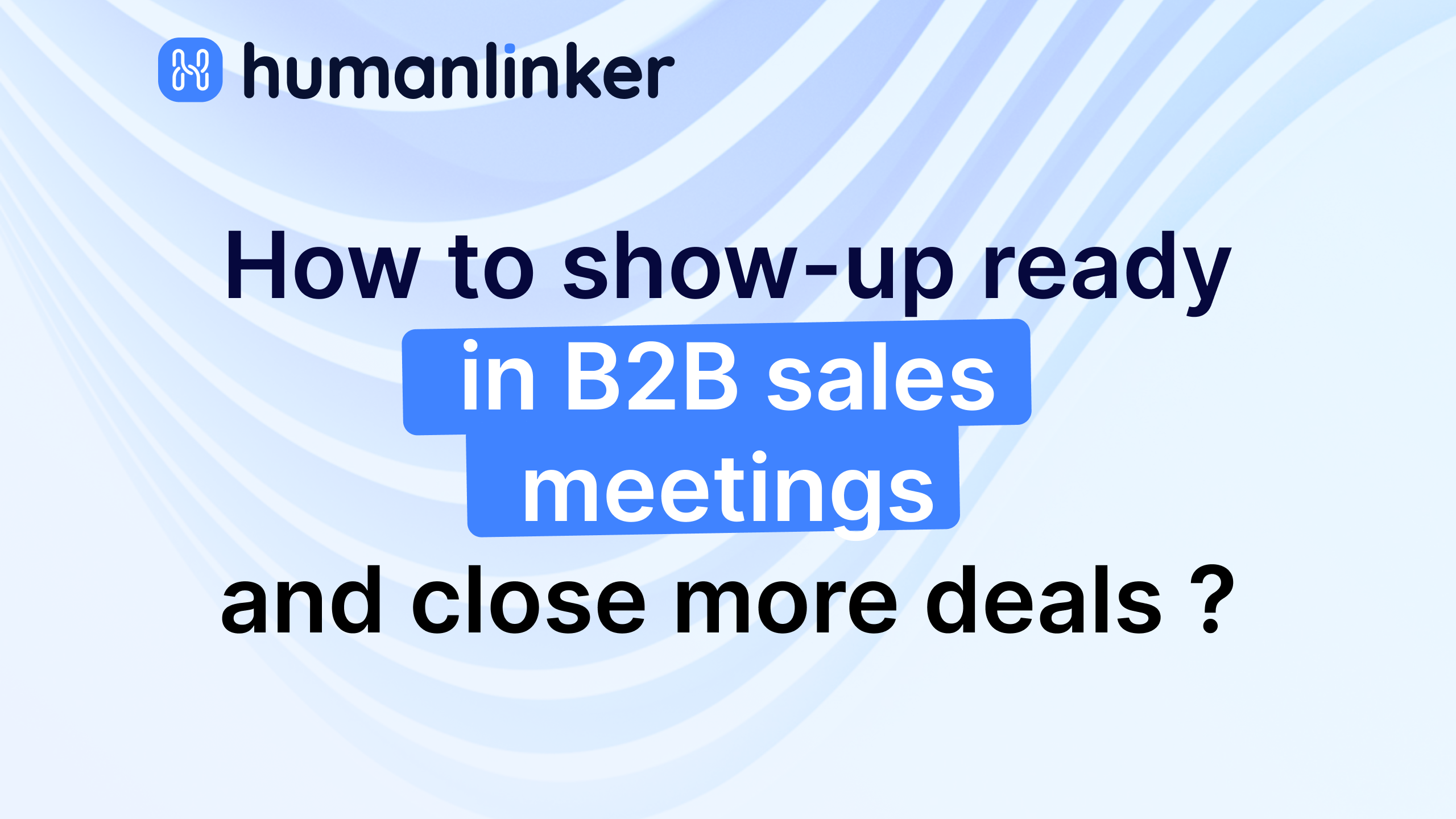5 Pro Tips To Shorten Your Sales Cycle

This year may bring economic challenges and uncertainty. To maintain revenue, it's important to focus on ways to shorten your sales cycle. This article examines five strategies based on insights from successful sellers.
Shortening your sales cycle has numerous benefits :
- Increasing revenue
- Saving time
- Reducing customer drop-off.
To put it simply, shortening your sales cycle means fewer steps, greater impact, and more revenue.
1. Focus on Generating High-Quality Leads
Zippia reports that sales representatives often spend up to 40% of their time searching for potential clients, which is a significant waste of time and resources. To shorten your sales cycle, it's essential to invest in a lead generation strategy that attracts leads to you instead of actively searching for them.
A successful lead generation strategy typically includes various components:
- An in-depth understanding of the Total Addressable Market (TAM), Ideal Customer Profile (ICP), and customer personas is essential for identifying the right targets.
- Align Marketing and Sales teams is crucial for maximum impact that considers account audience targeting, tone of the message, and leveraging of resources.
- Ensure your website is well-designed and user-friendly. Your proposition must be clear and easy to understand.
- Invest in Online Advertising with the best channel and test the message (use verbatims)
- Distribute High Demand Content for the target audience
A steady flow of high-quality leads can significantly reduce the time sales representatives need to spend on lead-generation activities. This allows them to focus on building relationships with prospects and closing deals.
It also enables them to identify and capitalize on upsell opportunities with current clients, which can lead to increased revenue and growth of their existing customer base.
2. Conduct thorough research instead of relying on intuition
Many people may consider spending 20 minutes carefully crafting an email to a potential prospect as a waste of time. However, the opposite is true. Investing time into researching your prospects can ultimately save time in the long term and help shorten your sales cycle.
Research your prospect
When researching your potential customers, it is important to consider factors such as their industry, the company they work for, and the business objectives that your product or service can help them achieve. This information will help you prioritize your contact list and make a more informed first contact.
Additionally, determining if they fit your ideal buyer persona and identifying if they are the decision maker that can approve or deny your offering are crucial steps in this process.
Research their current situation
How does your product or service align with the specific needs and challenges of the prospect, such as by mentioning their company, a rival, or relevant industry developments? This demonstrates your expertise and credibility and reduces the need for further clarification, minimizing the risk of losing the prospect's interest.
Anticipate and prepare for potential objections before engaging in discussions or presenting counterarguments
To effectively close a sale, don't rely on generic responses to objections. Instead, take the time to understand the underlying cause of the prospect's objections, develop a well-considered, tailored counterargument, and present a solution that addresses those concerns while providing additional value.
For example, when addressing cost concerns, don't just make a general statement about affordability. Instead, investigate the specific reasons for the prospect's budget constraints and show how your solution can address those issues and improve productivity.
3. Schedule your follow-ups
Don't procrastinate on follow-ups. By scheduling your follow-ups and even automating them, you can control the time between contacts and keep your solution at the top of the list in your prospect’s mind.
Research shows that 80% of sales require at least five follow-ups, so mastering the art of follow-up scheduling can help you shorten your sales cycle and close more deals.

The objective is to ensure effective and timely follow-ups with leads, whether they are ready to close a deal immediately or need to be contacted again.
Follow-up schedules should be planned for up to 12 months, but the nature and frequency of communication should be adjusted based on the level of interest the prospect shows.
The Impact of Making Another Contact
It can be challenging to contact someone, even when you make multiple attempts. People often provide excuses for why they don't need to make an extra effort, such as thinking that if the other party were interested, they would have answered right away or called back.
Salespeople have a different set of responsibilities to fulfill. Reaching out to prospective clients is only the first step in their work – they must tackle any client objections, identify problems and provide solutions demonstrating how much value the service offers. Some may fear that too much contact will push prospective customers away, but research shows that six or fewer calls spread over several weeks encourage positive responses.
Few companies expend so much effort on their prospects, therefore doing so will set you apart from the competition.
How many contacts do you need to make before you decide to stop trying?
The following graph illustrates the relationship between persistence in sales and the likelihood of making contact, as determined by analyzing data on contact probabilities.

The chart above provides evidence that contacting potential customers multiple times increases the effectiveness of sales efforts.
The data suggest that contact three and six times can be 68% and 94% more effective than just once, respectively.
Increasing the frequency of contact with potential customers can drastically improve conversion rates.
⚠️ Be persistent in your follow-up

4. Keep your contact list up-to-date
Companies can lose millions of euros worth of sales opportunities due to the disorganization, obsolescence, and redundancy of contact data from various sources, such as .csv scraping, emails, website landing pages, business cards, and social media.
These diverse sources can add hundreds of thousands of contacts to a CRM in a given year, while employees may have hundreds or thousands of contacts stored in their phones or company databases. Duplicates are one primary cause of this inefficient management of customer information.
📘 42% of sales reps report needing more information before making a sales call.
Say goodbye to old and unresponsive leads. Keep your list of contacts up-to-date for optimal prospecting results. Save precious time chasing after individuals with a history of not responding.
Businesses must regularly check their B2B contacts for any updates, as contact information can change anytime. This includes changes in position, office location and phone numbers of prospects. With the most up-to-date information, reaching out or following up on potential leads is made possible.
Tools like Humanlinker allow you to stop worrying about data. We only push new data and update it daily to provide you with as much information as possible before making contact.

5. Creating A Positive Sales Experience
Brian Tracy, an author and speaker, emphasizes that sales representatives who achieve great success understand how to think of themselves as problem solvers with their products or services rather than simply seeking people willing to pay for what they offer.
By consulting instead of selling to potential buyers, you can create a memorable customer experience. Rather than just pushing for a sale, utilize your knowledge and expertise to be a resource to prospects. Please get to know their unique needs to show them how your product provides the solution they are looking for. You can build strong relationships and deliver an unforgettable customer experience by providing helpful advice and support.
Build Trust
Focus on building relationships throughout the purchasing process to build trust with clients and create a memorable customer experience. Make sure to factor in enough time to get to know your clients and use that information to make your pitches more memorable.
Don't forget to inject some fun into the process as well - B2B doesn't have to be boring! Doing these things will strengthen the relationship between you and your customers, leading to increased trust and an overall more enjoyable experience for all.
Relationship-building is key to creating a strong bond between you and your clients. Taking the time to build trust throughout the purchasing process will not only make your sales pitch memorable and effective, but it will also add an element of enjoyment to doing business together.

Are you looking to speed up your sales process and make more revenue?
With the right tool, you can reduce your sales cycle and improve your profits! Use our advice to fast-track your success and maximize your earnings.

AI in B2B sales: the top trends to improve conversion and customer retention

When ABS Meets ABM: The Power Duo to Transform B2B Sales




Find out in 30 minutes how Humanlinker can help you achieve your goals.



